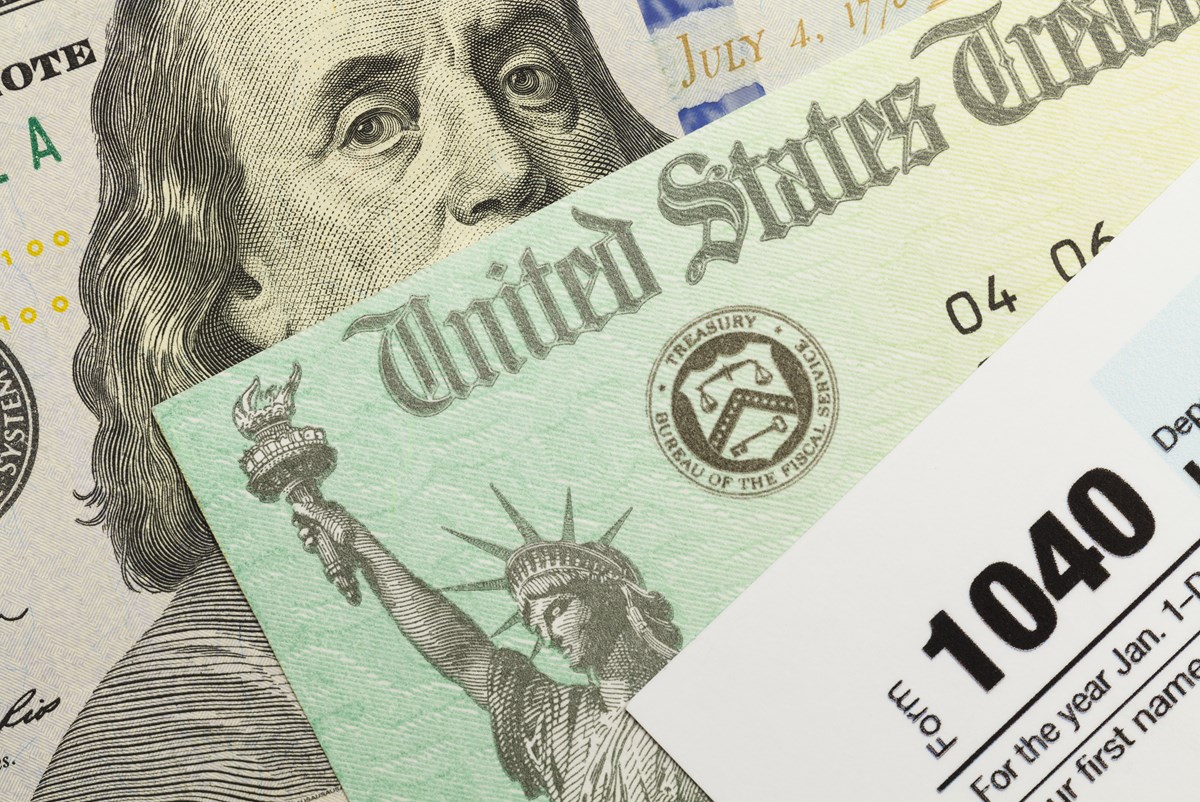The 2020 election reprised one of the most common Presidential campaign techniques—promising massive new government investments, backed by “rosy scenario” projections of the good they will do. About the only real difference from the past was increasing the number of things called investments and the number of zeros at the end of the amounts promised.
Early on, Bernie Sanders and Elizabeth Warren were at the forefront of expanding investment promises. Sanders committed to massive investments from the Green New Deal to cooperatively owned grocery stores, while Warren’s investment promises extended from publicly owned broadband networks to universal childcare.
When Joe Biden overtook them to win the Democrat nomination, his platform was similarly chock-full of investment promises. As detailed by his campaign, his clean energy plan alone promised over $2 trillion in “far-reaching investments” for infrastructure, the auto industry, transit, emission-free power, sustainable housing, agriculture, and conservation, while promising to advance environmental justice and create “good, union” jobs.
Massive deficits will “crowd out” some investment today, although expansionary monetary policy can disguise it for a time.
Unfortunately, there was something missing from all those plans. Nowhere was there a credible discussion of how those investments would be financed. They failed to seriously consider the costs that would be imposed on society, preventing honest comparisons of benefits against costs. Instead, they just raised the size of the ante on the political bet that spending promises would be seen (imagined, actually), but the opportunity costs would remain largely unseen. Unfortunately, as Frederic Bastiat demonstrated, that is a well-worn path to harmful rather than helpful policies.
Even a magnifying glass on campaign fine print could not reveal how all that spending would be actually be financed, nor would it reveal the effects of the taxes, deficits (i.e., commitment to future taxes) and/or inflation (i.e., taxes on assets in fixed dollar terms, including cash) that would result, providing no way to verify that the promises were worth keeping. And that is without even considering the far inferior incentives that the government faces as an “investor” using others’ resources and being exempt from the profit test to reveal whether projects are really worthwhile.
Even looking at political investment promises with a well-justified jaundiced eye, however, tends to overlook a very important issue. If the investments politicians promise are so great, and so powerful for good, why does the government do so much to reduce how much Americans save and invest their own money?
Massive deficits will “crowd out” some investment today, although expansionary monetary policy can disguise it for a time. Soaring debt will cause higher future taxes to finance it, crowding out future investment as well, with astronomically higher costs if interest rates rise. But there are many other ways public policies reduce private saving and investment.
Social Security is one major disincentive for private saving and investment. People have been led to substitute its mandatory “contributions” and promised future retirement benefits for funds they would have saved to finance their “golden years.” With saving reduced, so is private investment. Social Security promises also dramatically exceed the funds that will be available, making people anticipate richer retirements than they will actually have, and thus reducing savings and investment further. Those who saved enough to provide well for retirement also face income taxes on most of their Social Security benefits.
Medicare, whose unfunded liabilities are far greater than Social Security’s, also reduces the incentive to save for future medical costs. In addition, current earners are forced to cover three quarters of the cost, leaving them with less income to save. Medicaid coverage of nursing home costs only after other assets are virtually exhausted undermines another savings motive.
Taxes on capital reduce the after-tax return on saving and investment, which also leads to a reduction in saving. These include property taxes that, while relatively small percentages of the capital value, represent sizable fractions of annual income generated. Then state and federal (and sometimes local) corporate taxes take further bites from after-tax returns. The implicit “tax” imposed by regulatory burdens must also be borne before earnings can reach investors.
Personal income taxes at up to three levels of government reduce saving even further. Investment income left after other taxes is taxed again if paid out as dividends. Earnings from saving and investment can also trigger additional tax burdens by triggering phase-outs of income tax deductions and exemptions. If investment earnings are retained and reinvested, increasing asset values, they are taxed as capital gains. And even increases in asset values from inflation are taxed as if they represent real increases in wealth.
Estate taxes also reduce successful savers’ ability to pass on assets as bequests, eroding another savings motive. Proposed wealth taxes would pile on that disincentive. And monetary policy that has long kept interest rates near zero has undermined incentives to save as well.
Government policies provide massive disincentives for Americans’ saving and investment efforts.
Unemployment benefits reduce the need to save a nest egg, “just in case,” especially because in crises, governments often step up that assistance, reducing the incentives for financial self-responsibility.
Over half a trillion dollars a year in poverty programs also act as a safety net that reduces the incentive to save. For example, the availability of food stamps cushions the risks of lost income. But if someone had more assets than allowed by the program’s far from generous “asset test,” as a result of past saving, they are not eligible. And as with other means-tested assistance programs, the reduction in food stamps when incomes rise acts like an additional income tax on earnings.
Evaluating the optimistic promises of government investment requires serious skepticism. But government policies provide massive disincentives for Americans’ saving and investment efforts at the same time those who would run the government make such extravagant promises for added investment they claim they will create. That cognitive dissonance justifies an even greater skepticism that government performance will match hopeful governors’ promises. And it should persist as long as government investment promises are misrepresentations and the government so aggressively undermines incentives for Americans to save and invest our own money.





